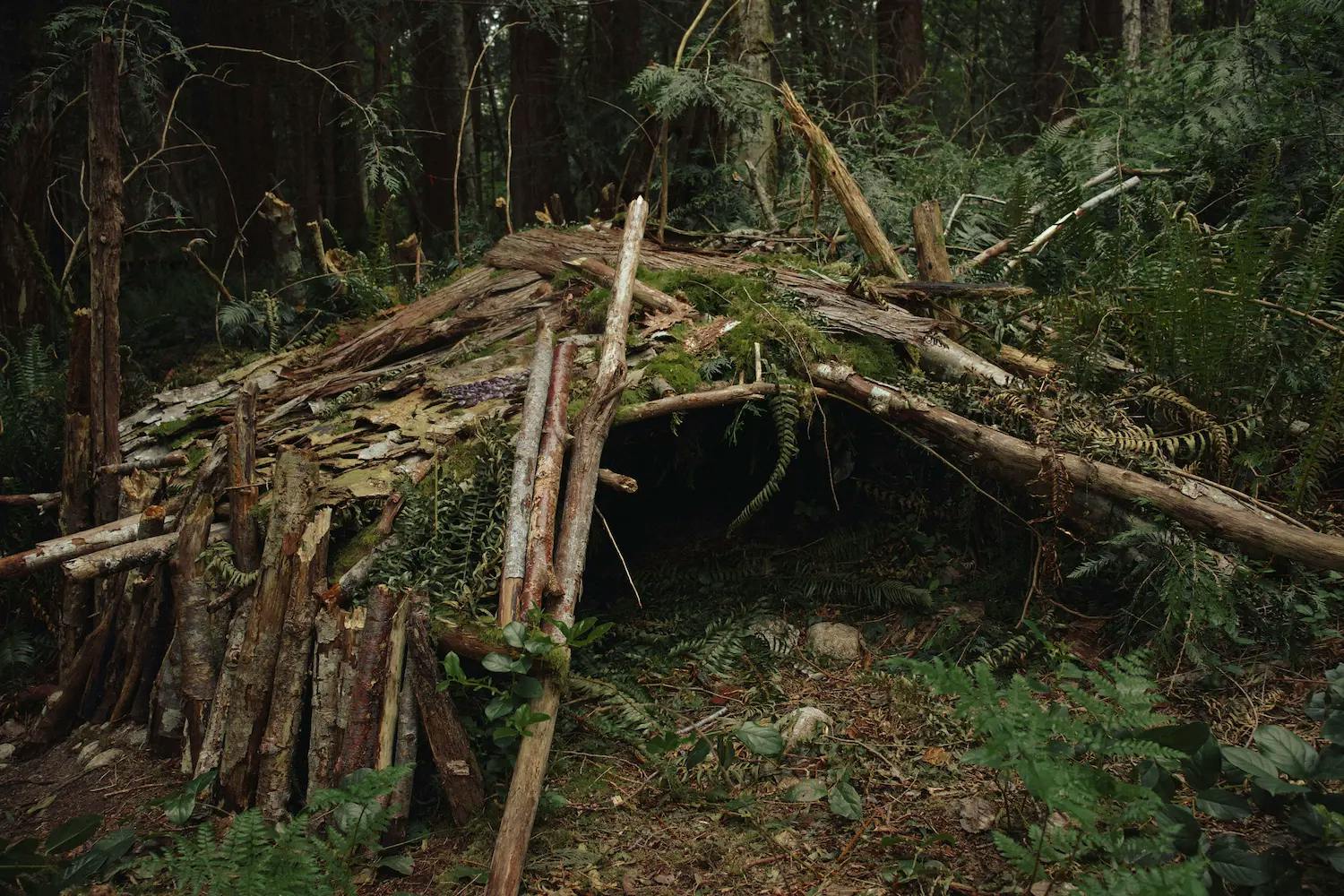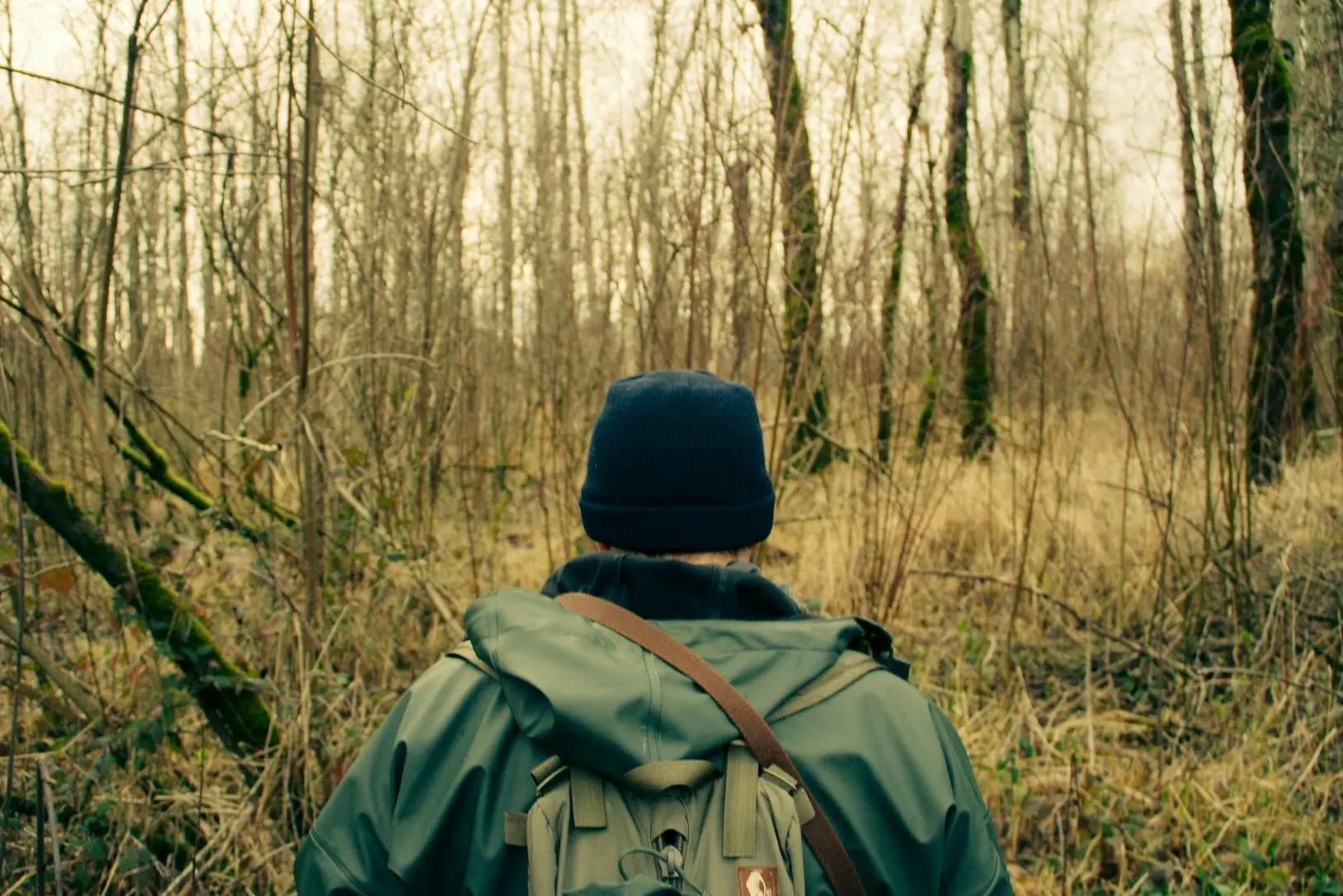10 Personal Safety Tips for Navigating Public Spaces
- Published on
10 Personal Safety Tips for Navigating Public Spaces
When it comes to navigating public spaces, personal safety should always be a top priority. Whether you're exploring the great outdoors, traversing through a bustling city, or simply going about your daily routine, being prepared and mindful of potential risks can make all the difference. With that in mind, here are 10 essential personal safety tips to help you stay secure and confident in any public setting.
1. Stay Aware of Your Surroundings
Being alert and aware of your surroundings is crucial for personal safety. Whether you're walking down a city street or hiking on a trail, staying vigilant can help you identify and avoid potential hazards or threats. Avoid distractions such as excessive phone use or wearing headphones at high volume, as these can limit your awareness of what's happening around you.
2. Trust Your Instincts
Your instincts are a powerful tool for assessing danger. If something feels off or makes you uncomfortable, trust those feelings and take action to remove yourself from the situation. Whether it's crossing the street to avoid a group of rowdy individuals or leaving a deserted area that gives you an uneasy vibe, listening to your instincts can prevent potential trouble.
3. Plan Your Route in Advance
Before venturing out, especially in unfamiliar areas, plan your route in advance. Take note of well-lit paths, populated areas, and any potential safe havens, such as businesses or public facilities, along the way. Having a clear plan can prevent you from getting lost or ending up in areas that may pose a risk to your safety.
4. Carry Essential Safety Tools
Carrying essential safety tools, such as a compact flashlight, a personal alarm, or a pocket knife, can provide an added layer of security. These tools can help you attract attention, illuminate dark pathways, or defend yourself if the situation calls for it. However, it's crucial to familiarize yourself with local laws and regulations regarding the carrying of such tools.
5. Blend In and Avoid Flashy Displays
In crowded or unfamiliar areas, it's often best to blend in and avoid drawing unnecessary attention to yourself. This means dressing appropriately for the environment and refraining from flashy displays of wealth, as these can make you a target for theft or other crimes.
6. Inform Someone of Your Whereabouts
Whether you're heading out for a solo hike or a night on the town, always inform a trusted friend or family member of your whereabouts. In the event of an emergency, someone knowing your last known location can be invaluable for ensuring your safety.
7. Practice Situational Awareness
Situational awareness involves constantly scanning your environment for potential threats or dangers. This includes observing the behavior of those around you, identifying escape routes, and being prepared to react swiftly if the need arises.
8. Be Mindful of Public Wi-Fi Use
While convenient, public Wi-Fi networks can pose security risks. Avoid accessing sensitive information, such as online banking or personal accounts, while connected to public Wi-Fi, as these networks can be vulnerable to cyber threats.
9. Secure Your Belongings
When in public spaces, always keep a close eye on your belongings. Use crossbody bags or backpacks with secure closures, and refrain from leaving your belongings unattended, even for a brief moment.
10. Trust Reliable Sources for Information
Before visiting a new area or embarking on an outdoor adventure, trust reliable sources for information regarding safety and potential risks. Local authorities, park rangers, or reputable travel guides can provide valuable insights to help you plan and navigate public spaces with confidence.
By implementing these personal safety tips, you can enhance your awareness, preparedness, and overall security when navigating public spaces. Remember that prioritizing your safety doesn't mean living in fear; rather, it empowers you to enjoy your experiences to the fullest with peace of mind.
Ensure your personal safety with these tips, and explore the world around you with confidence and security.
Disclaimer: This article is for informational purposes only and does not constitute professional safety advice. Always consult with relevant authorities or safety experts for specific concerns related to personal safety in public spaces.
For more tips on outdoor safety, check out Wilderness Safety Guidelines provided by the National Park Service.
To explore comprehensive resources for urban safety, visit Safety and Crime Prevention by the National Crime Prevention Council.



